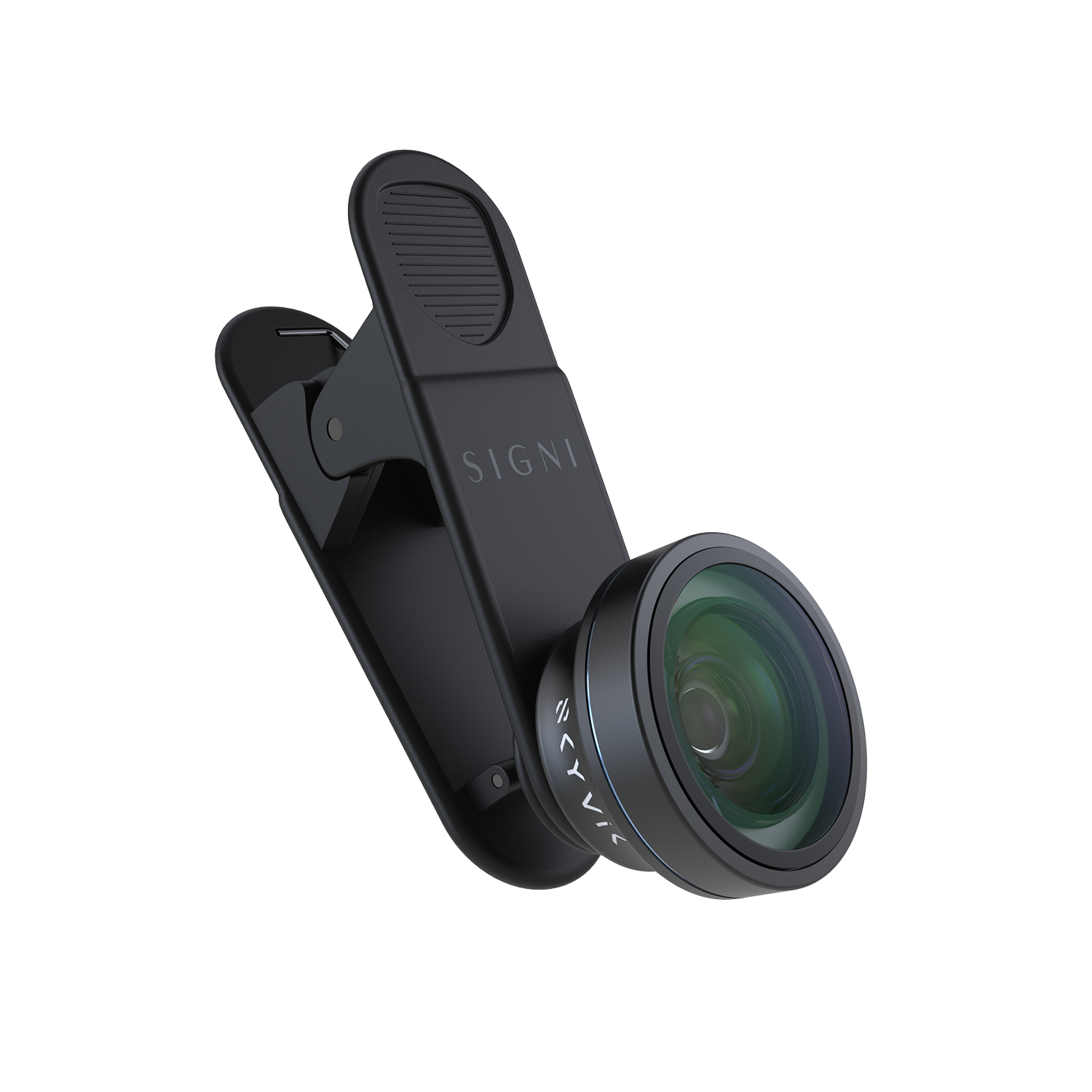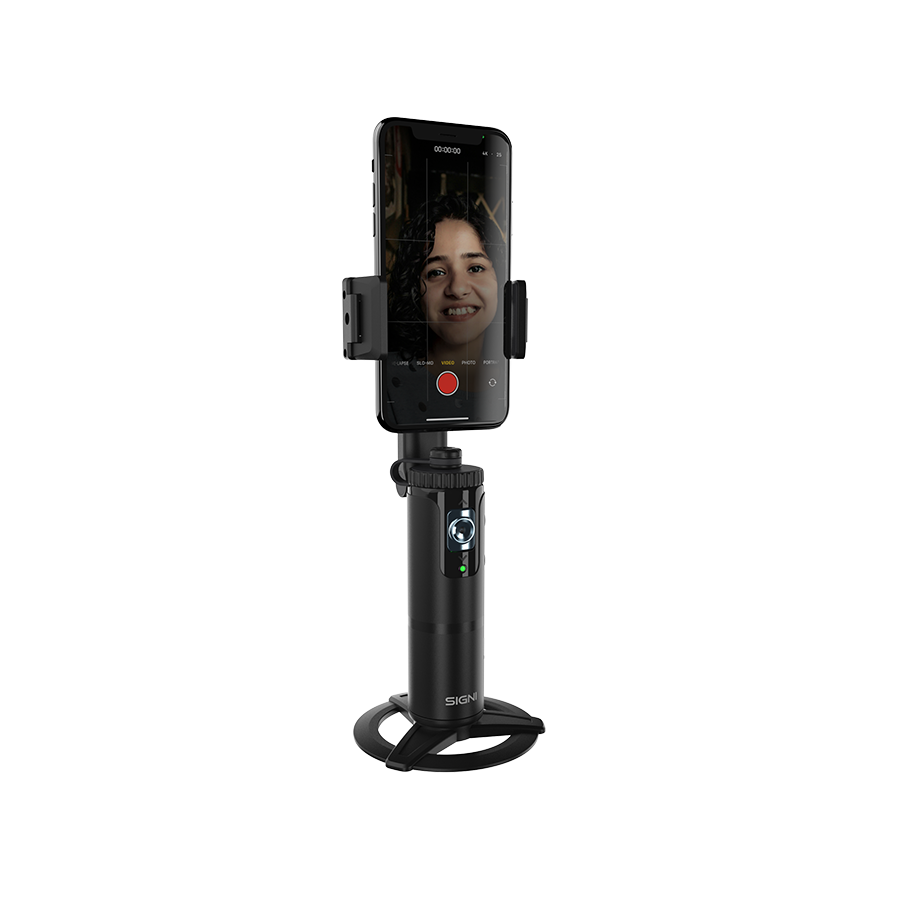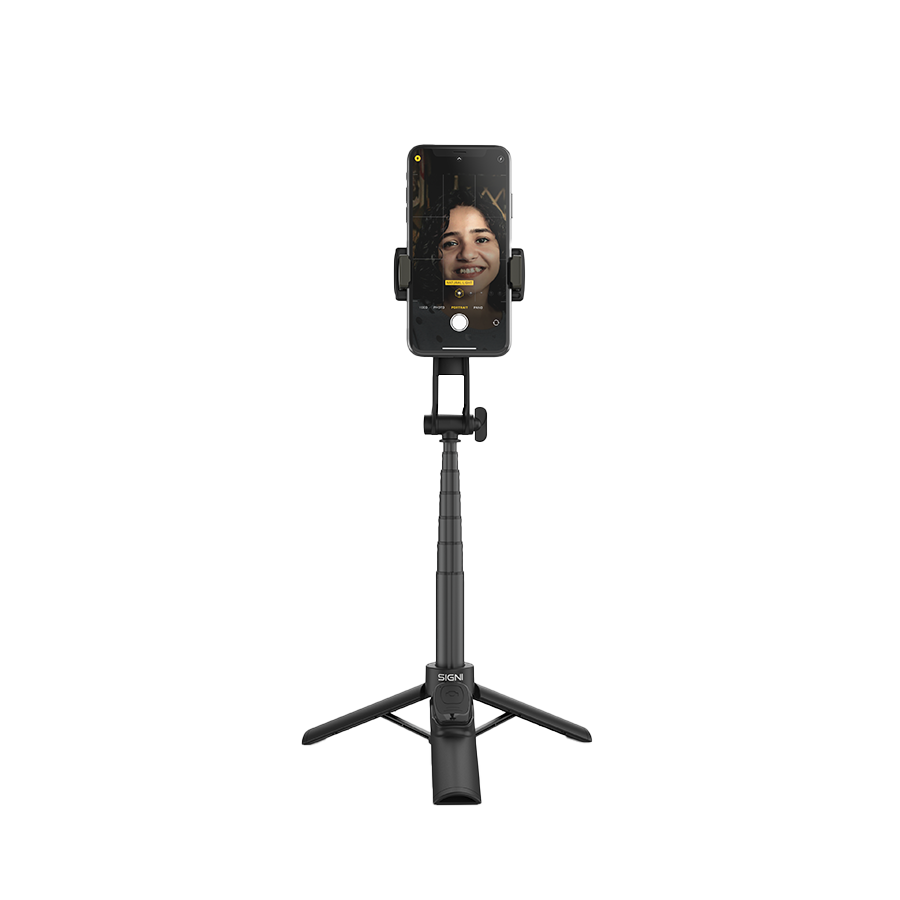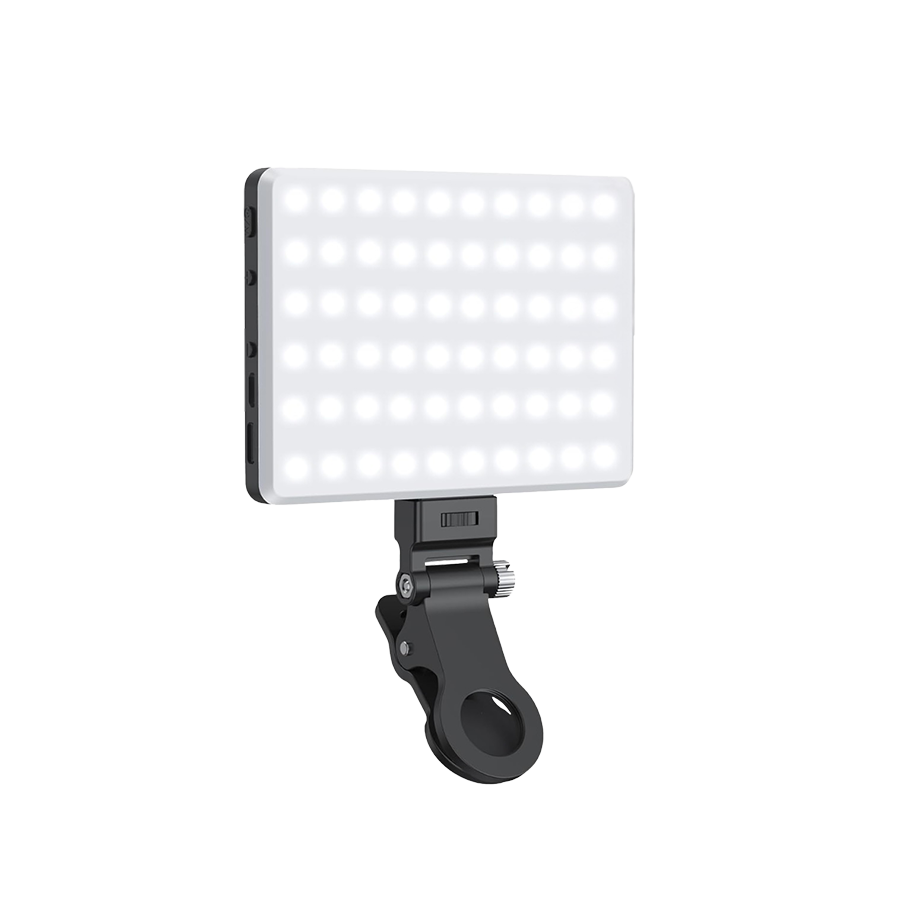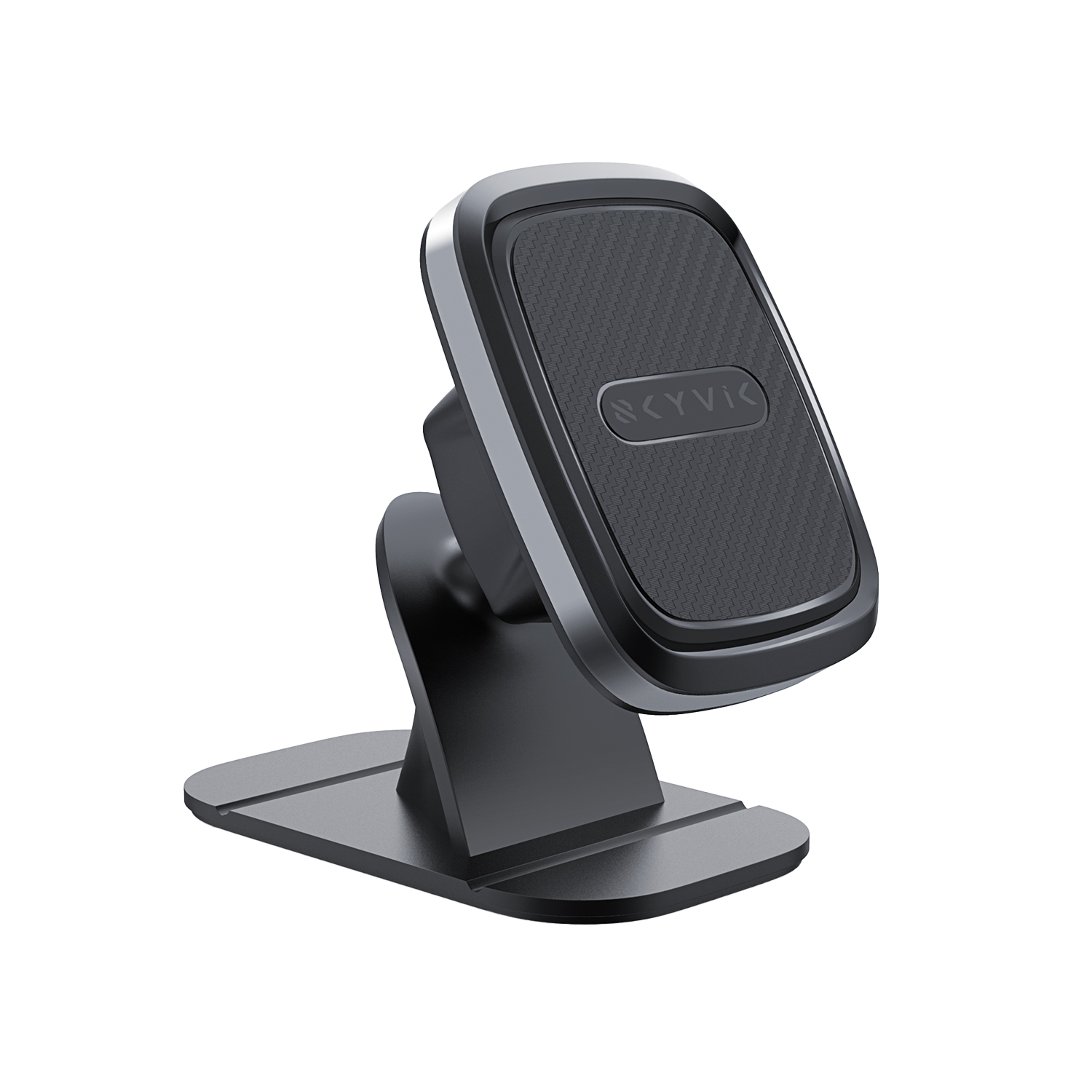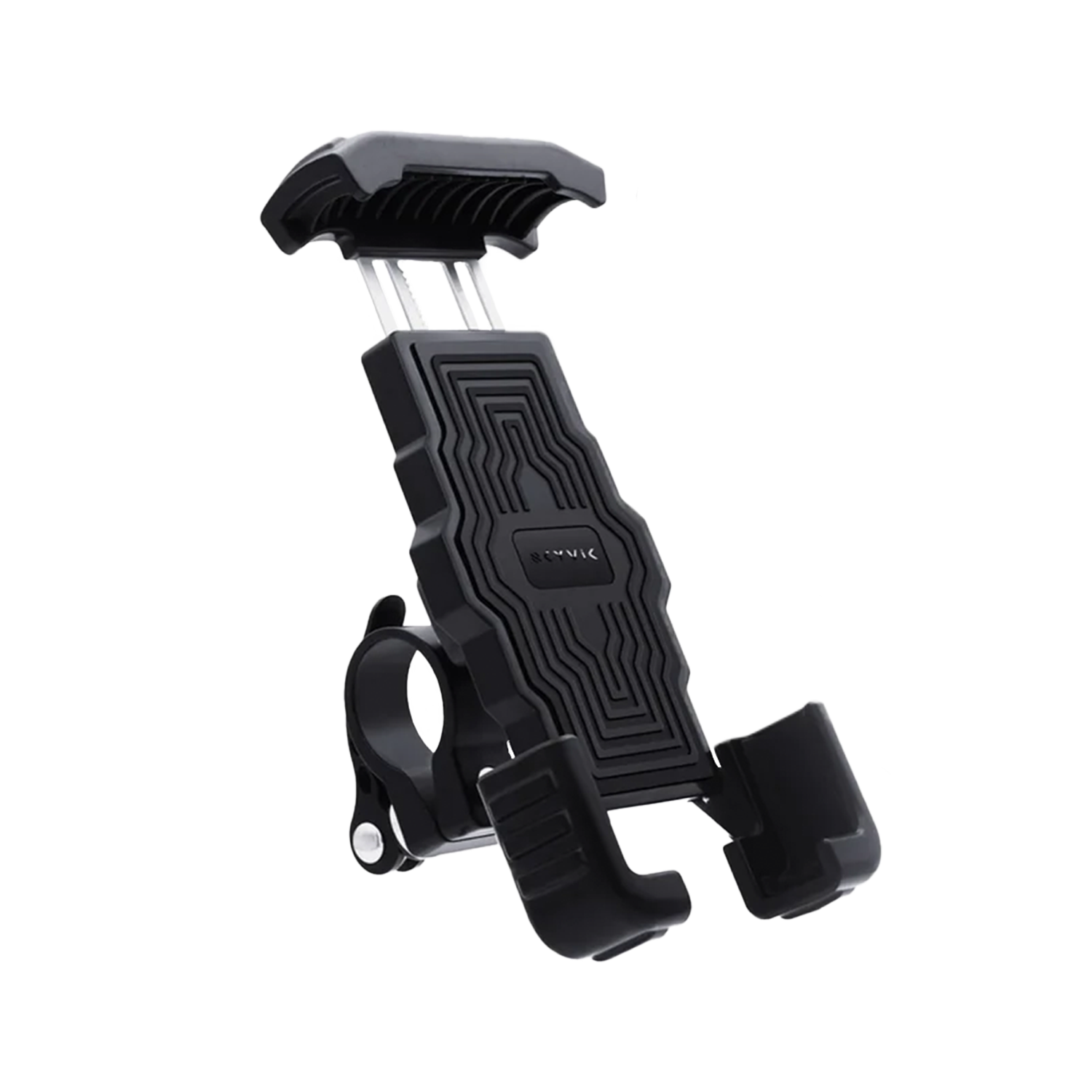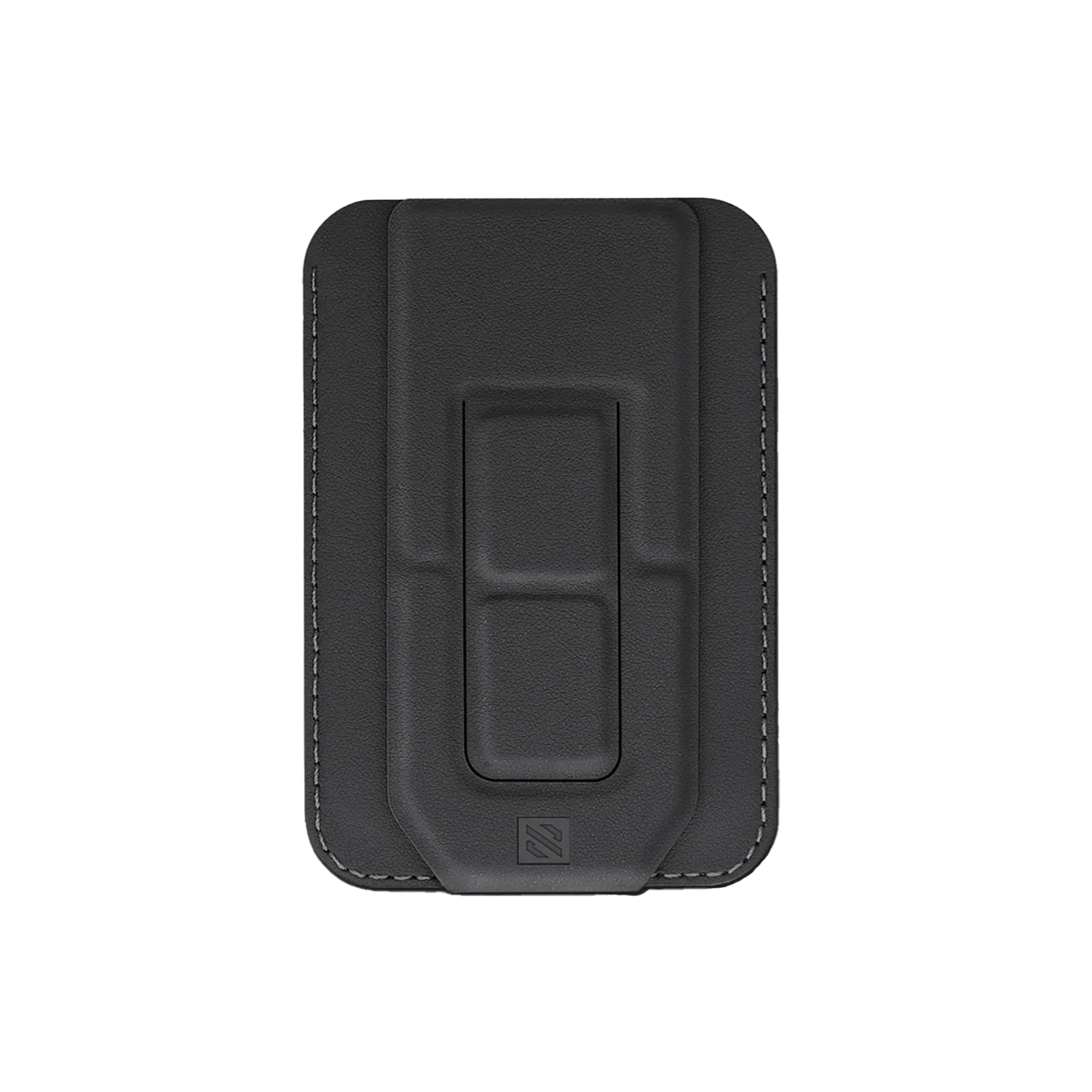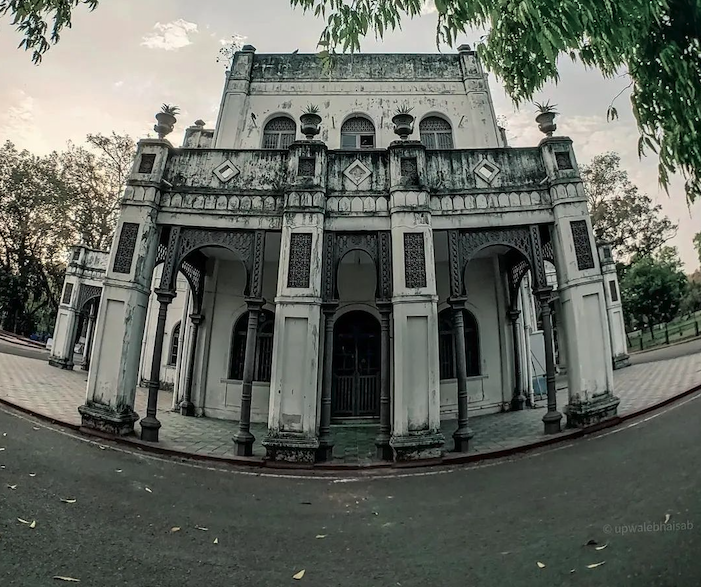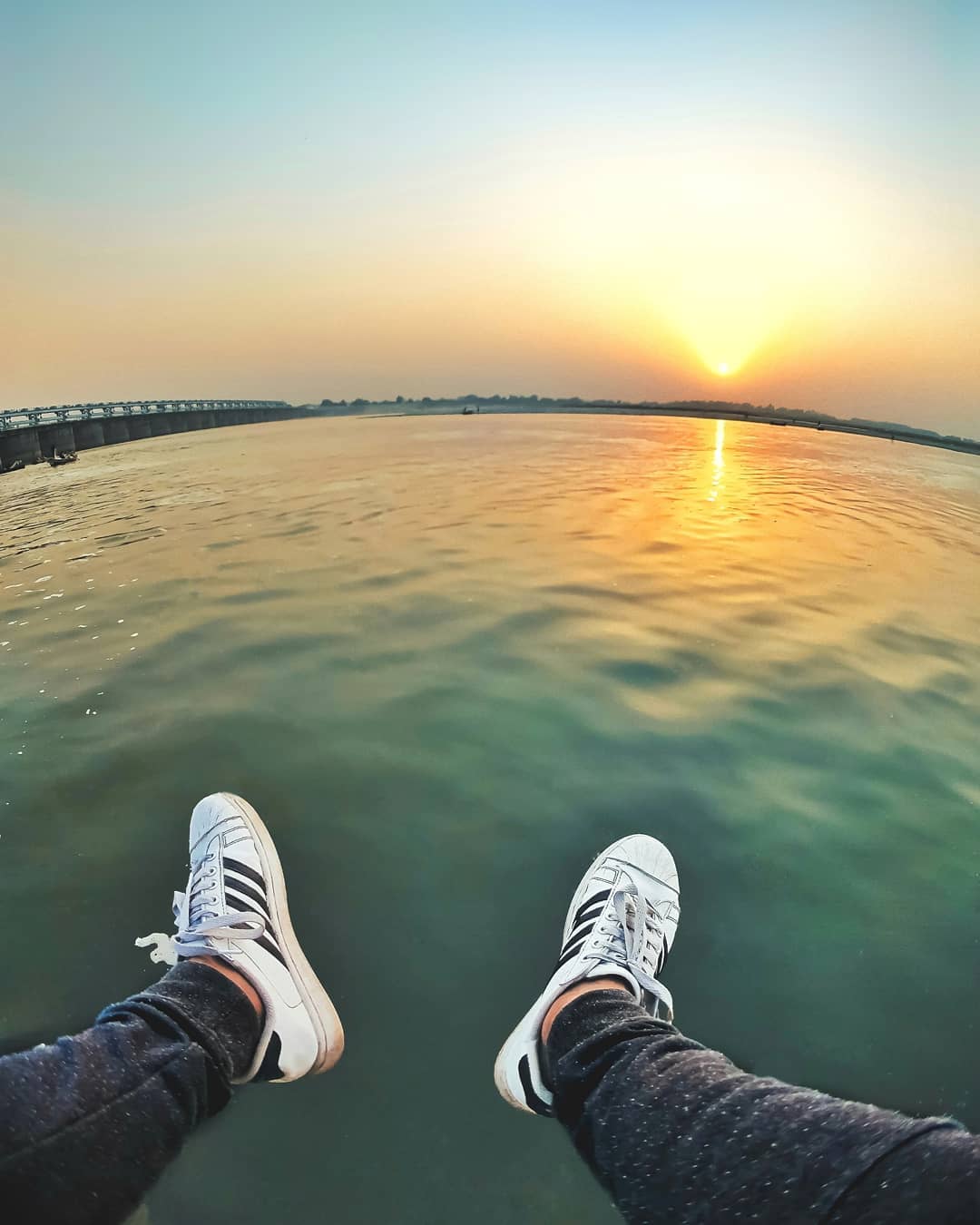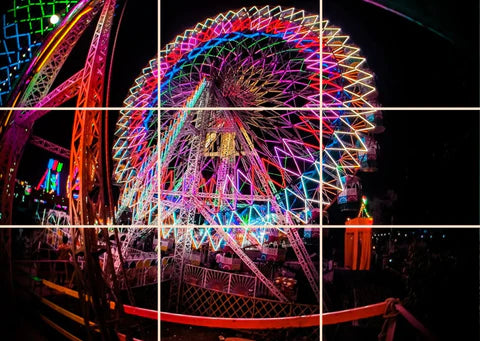MOBILE LENSES
Mobile Holders
Everyday Essentials
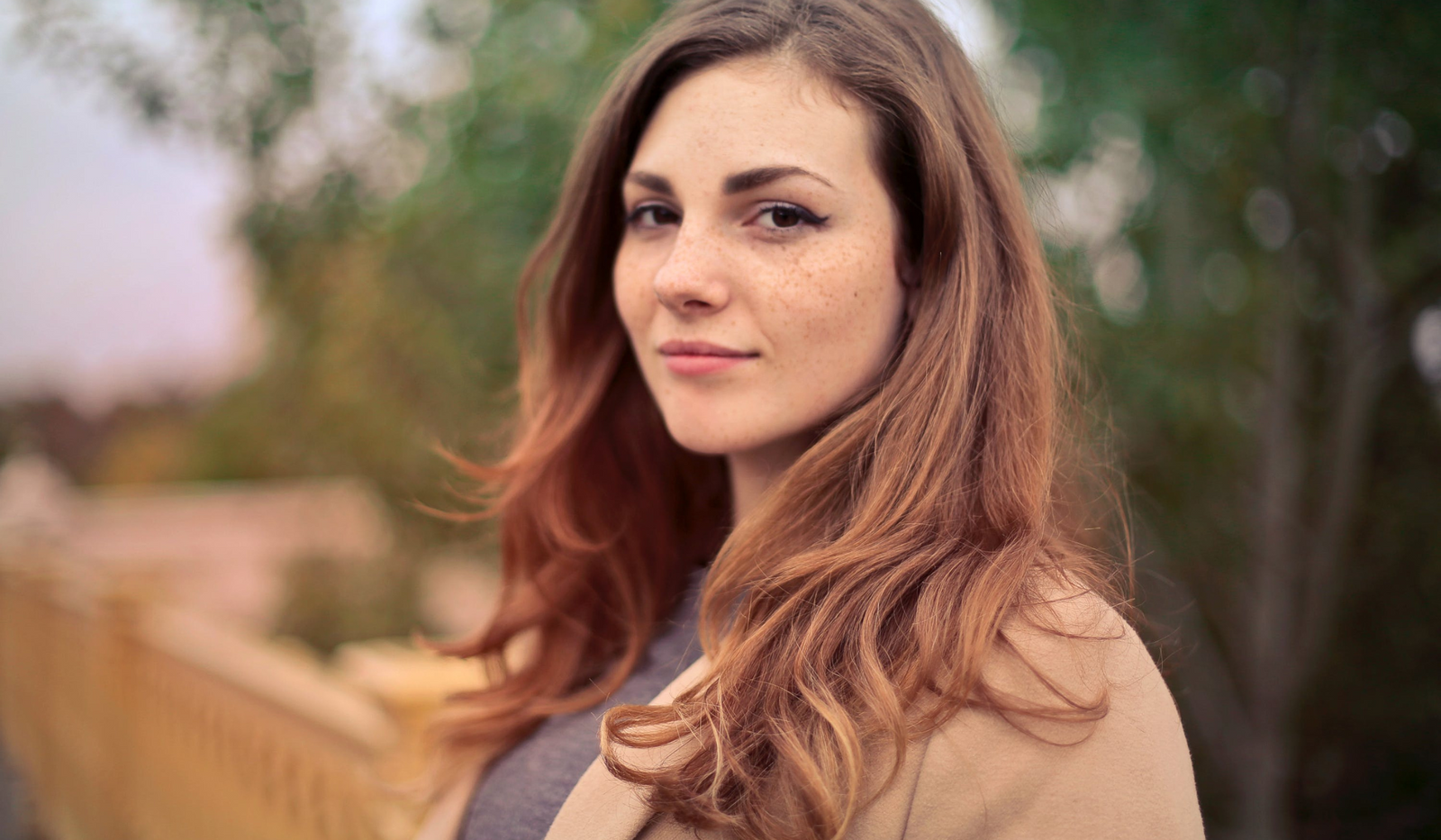
Tips and Tricks for Mastering Telephoto Photography to Capture Stunning Shots
3 min read
Telephoto lenses are revered for their ability to bring distant subjects closer, capturing details that might be missed by the naked eye. These lenses open up a realm of creative possibilities for photographers willing to explore and experiment. In this guide, we'll delve into telephoto tricks and hacks that can elevate your photography, helping you harness the full potential of your lens for incredible shots.
-
Mastering the Art of Compression: One distinctive feature of telephoto lenses is their ability to compress the visual elements within a frame. This compression effect makes distant subjects appear closer together, creating a compelling and visually dynamic composition. Experiment with this phenomenon to convey a sense of depth and drama in your shots.

-
Creating Bokeh Magic: Telephoto lenses, with their longer focal lengths, are excellent tools for achieving stunning bokeh. By using wider apertures (lower f-numbers), you can isolate your subject from the background, blurring the surroundings into a dreamy and aesthetically pleasing backdrop. This technique is particularly effective for portrait photography, where the subject stands out against a beautifully blurred background.

-
Capturing Candid Moments from Afar: The advantage of a telephoto lens becomes evident when shooting candid moments without disturbing the scene. Whether you're capturing wildlife in its natural habitat, candid street photography, or unposed portraits, the telephoto lens allows you to maintain a comfortable distance while still preserving the intimacy of the moment.

-
Stabilizing Techniques for Sharpness: When delving into telephoto photography, mitigating camera shake is crucial for sharp images. Invest in stability with the Skyvik Signipod – a reliable support system designed to minimize vibrations and ensure clarity in every shot. Its sturdy build and adjustable features make it an ideal companion for telephoto lenses, providing a stable foundation for your photography. Whether using image stabilization features or practicing proper handholding techniques, the Skyvik Signipod enhances your telephoto photography experience, delivering precision and stability for impeccable results.

-
Embracing Telephoto for Portraits: While wide-angle lenses are often preferred for environmental portraits, telephoto lenses excel in capturing more intimate and expressive close-ups. The ability to fill the frame with your subject allows for impactful and emotive portrait photography. Experiment with different poses and compositions to tell a compelling visual story.

-
Overcoming Atmospheric Disturbances: Telephoto lenses can help overcome the challenges posed by atmospheric disturbances. When shooting distant subjects, such as landscapes or sports event, these lenses minimize the impact of haze, pollution, or other visual obstructions, resulting in clearer and more vibrant images.

-
Panning for Dynamic Action Shots: For dynamic subjects in motion, like sports or wildlife, try employing the panning technique with your telephoto lens. By tracking the movement of the subject while using a slower shutter speed, you can create images that convey a sense of speed and energy, with the subject sharp against a blurred background.

Conclusion
In conclusion, telephoto lenses are powerful tools that can transform the way you approach photography. By understanding the unique characteristics of these lenses and experimenting with various techniques, you can unlock their full potential. From creating stunning bokeh to capturing distant details with precision, telephoto tricks offer a myriad of possibilities for photographers eager to push their creative boundaries. Embrace these hacks, refine your skills, and embark on a journey of telephoto mastery to capture incredible shots that leave a lasting impact.

